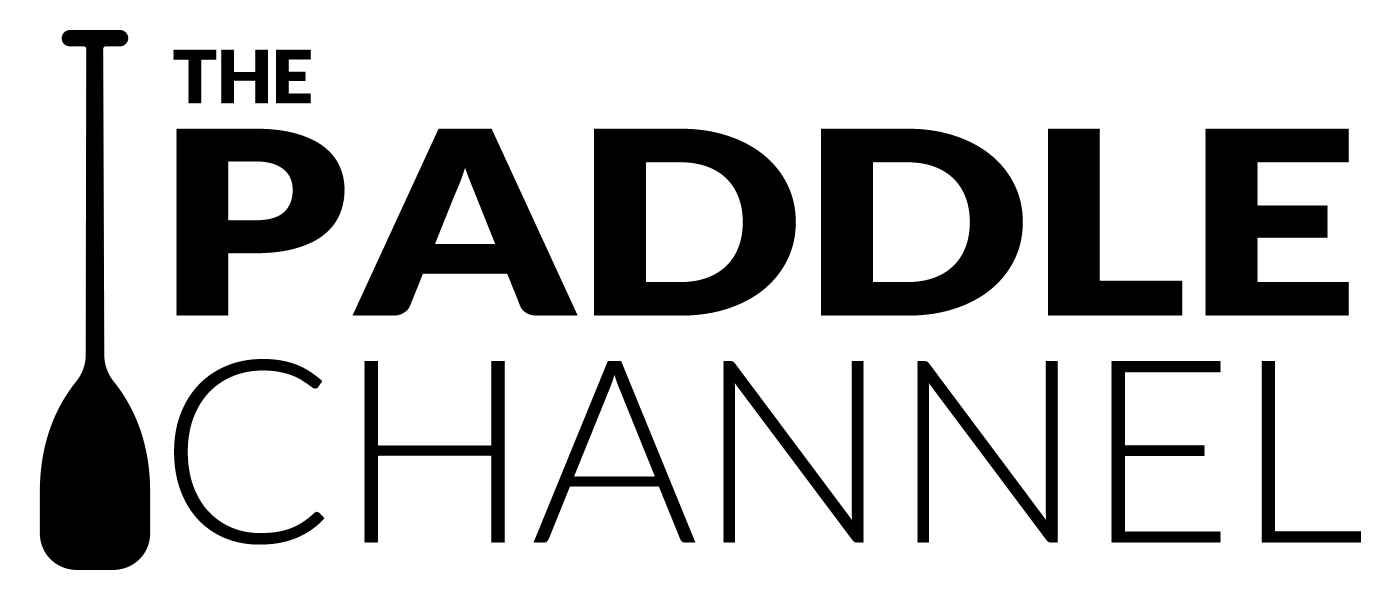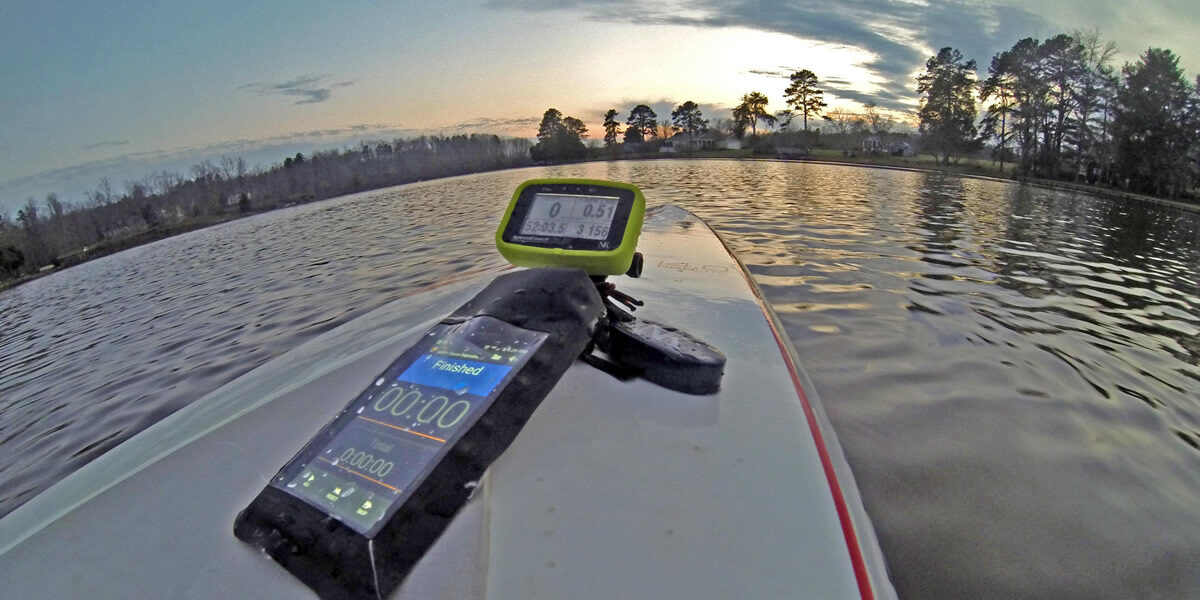A few years ago I purchased an excellent time-trialing training program – when I received it, the cover had these words on it:
Structured, Systematic, and Progressive
That sums up a great training program perfectly. If you’re serious about maximizing performance, these three words need to be the basis of your training plan.
Structured
It’s deliberate. It has purpose. There’s a plan. A blueprint.
Systematic
All the components of the plan work together. Your training plan becomes a training system, not just a potpourri of workouts tossed together like a bad stew. Sure, a bad stew might be edible, but it probably won’t give you the best results.
Progressive
Your training plan must build upon itself, deliberately laying a great foundation, and then building on that foundation in a progressive manner. Each phase of training should be dependent on the previous phase. This provides a solid result that will produce the fewest injuries and most SPEED!
Like building a house…
Approaching your training without structured, systematic, and progressive training plan is like building a house without blueprints. Yes, you could probably get house finished by building a room here, and then some foundation over there, and stacking a couple of rooms on top of that…but, like our bad stew, the end result probably isn’t going to be as good as it could have been.
Too many athletes approach their training program like that house, just going out and training without purpose.
“Today I’ll go hard.”
“Today I’ll go long.”
“EVERY day I’ll go hard (’cause that makes me fast, right?)”
“Today I feel like coasting…”
Sure, you’ll get a result, but it’s not going to be as good as it could have been.
Periodization
The key to building a great training plan that gets you the best results is periodization. Periodization is the process of breaking your training plan into deliberate phases, or periods. Each period has a deliberate focus, building on the previous phase, with the end result being that you are the fastest you could possibly be when that big race rolls around.
SIDE NOTE: This really does work. A few years ago, I did a little analysis of athletes’ races throughout the year, and without fail, ALL did significantly better than their usual competitors during their peak races.
Periodization can get pretty involved an complicated, but it doesn’t have to be. We’re going to simplify it and make it pretty simple. This method of training had me winning my age group while training about half the time each week of my competitors. It works – so let’s check it out.
The Training Phases

Following the simple approach, periodization can be described in the following phases:
Prep Phase – Training to train.This is usually off-season training, crosstraining and working on aspects of fitness that may not be specific to your sport. This a good time to get in the gym, get on the bike, ski, climb, etc. Work on your fitness, but don’t make it paddle-specific.
Base Phase – Like putting the foundation on our house, the base phase builds a solid foundation for our fitness. The stronger the base, the more solid and long-lasting the final fitness is. Ideally, there are three Base phrases, with each building on the last.
- Base 1: Improves endurance and max strength.
- Base 2: Introduces force and muscular endurance.
- Base 3: Volume reaches the annual high point.
Build Phase – In this phase, you start building on that strong foundation, adding more stress to the workout, progressively increasing speed and systemic stress. This is like adding the framing and walls to our house. Now things are beginning take shape, and we’re starting to see glimpses of what the final product will look like. Volume is reduced as intensity increases.
Peak Phase – Now we’re smoking! Peak phase is exactly what it sounds like – you’re peaking for your event, gaining optimal speed.
Volume drops as race intensity is emphasized. This is about speeeeeeeed. Peak phase can only be maintained for 1-2 weeks.
Race Phase – It’s all about speed and power during the race phase. Workouts are short and to the point, with the emphasis being on keep the tank full and the speed in tune (this is not the time to go out and do an epic distance event).
Race phase, for most people, can only be maintained for a period of 2-3 weeks.
Transition Phase – This is after your Race period, after your big race(s), and it should be totally unstructured. This is a time of recovery – you should remain active, but this is when you recharge both mentally and physically. And it’s crucial.
Stayed tuned — next we’ll talk about gauging training intensity during your workouts, as well as the importance of deliberate recovery.







